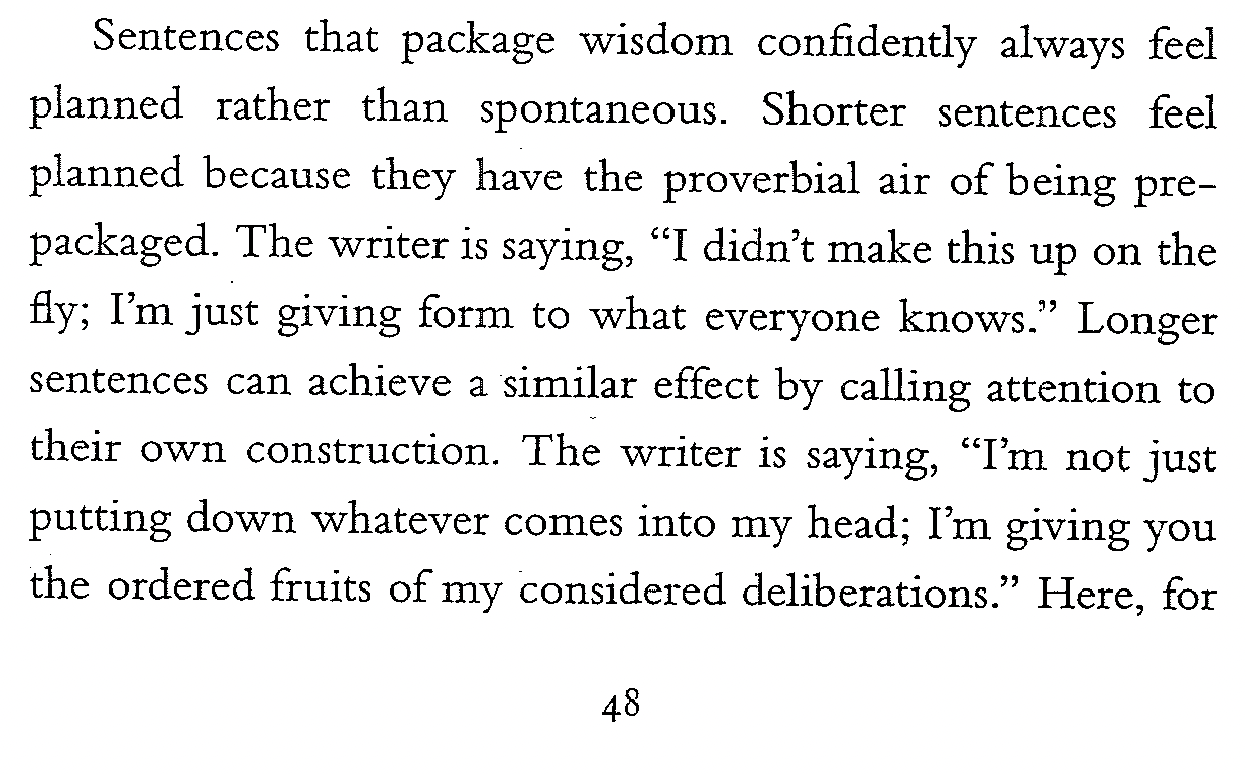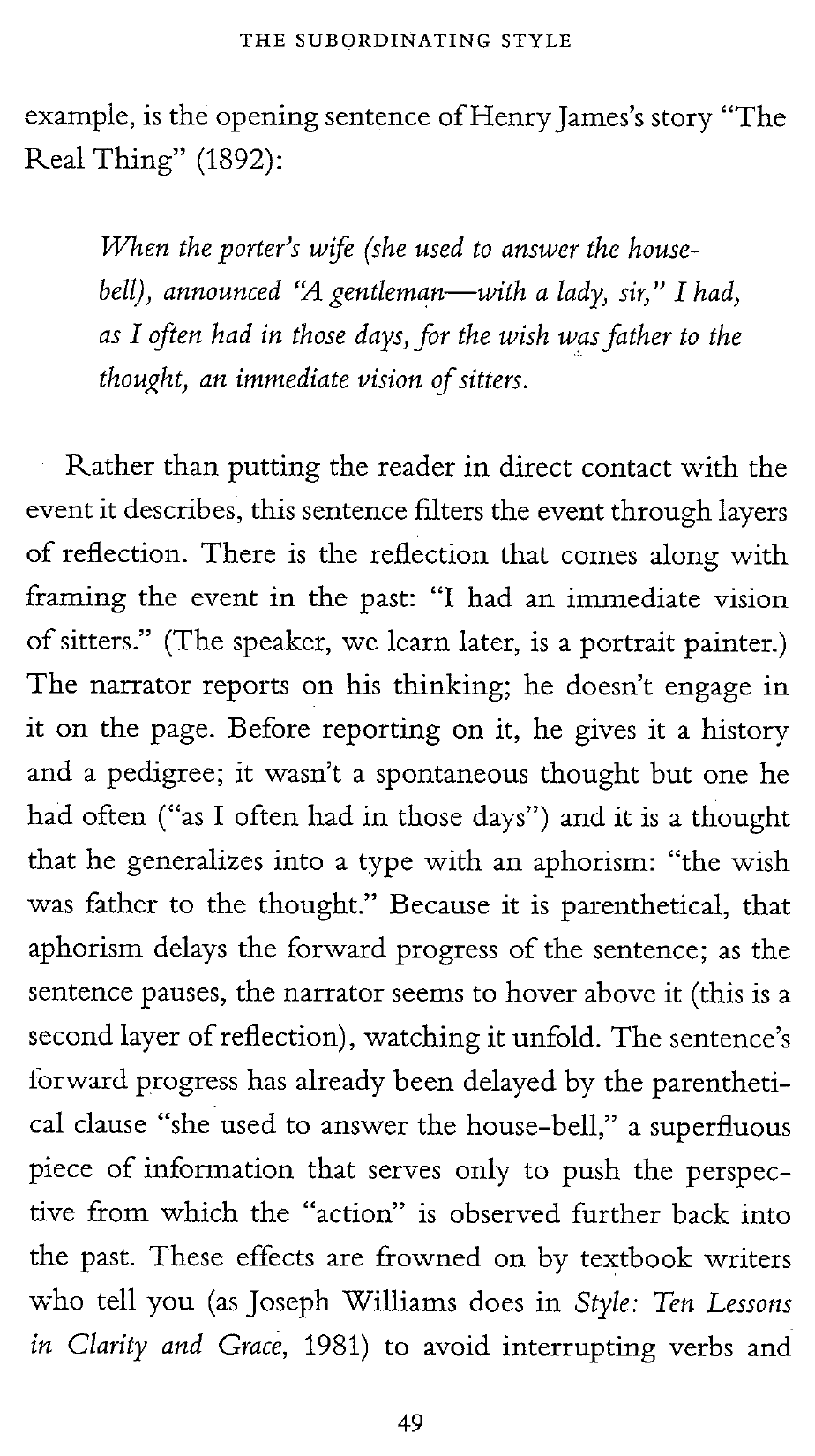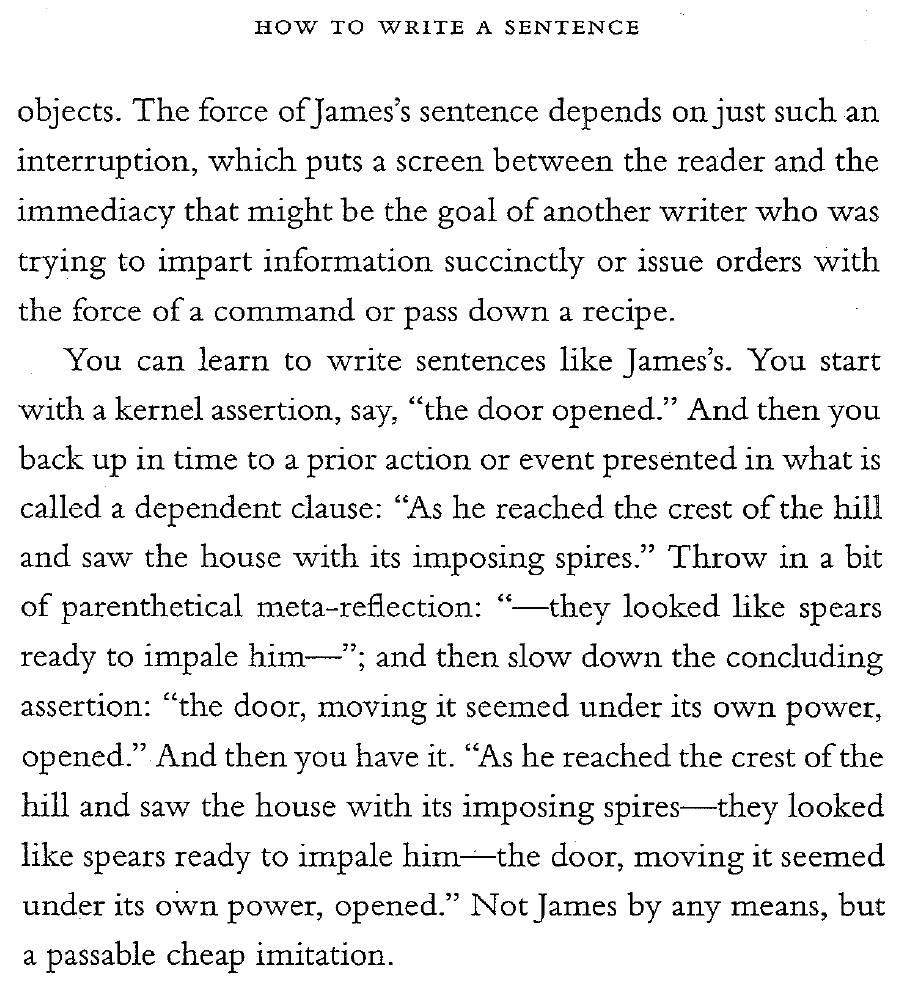Unit 1: 50% (copy, unwrite, emulate: 40% / cover: 10%)
|
Here in the first unit students will explore deviations from common usage, shifting from the low to the high style, from the transparent register to the figural, wherein we look at the words and not merely through the words.
In this unit students will:
Using the provided document (Rutilian Figures), you are to copy and compose 1-67 sentence types, in some instances, several versions of each.
Copying, unwriting, and emulating:
Students will copy, unwrite, and emulate a body of samples of tropes and schemes. This assignment will culminate in a cover memo: a reflective analysis of a selected cluster of one trope and four schemes, which cover memo will introduce your Unit 1 assignment.
The assignment will be due as a single document, wherein the reflective analysis (the cover memo) will be placed at the beginning of the entire document. Please share the final document as a Google Doc, with me and your group.
Each student will begin with the supplied (revised) document ("Rutilian Figures"), copying, unwriting, and emulating the sentences there, and then building from that document as we proceed through our survey of tropes and schemes.
Extra credit: As we work through the tropes and schemes, you may search for samples beyond those presented in the texts assigned in class. Include those samples you find, placing them in your document, copy them there, unwrite them, and then work through multiple attempts to emulate them. With my approval, you can replace the examples I have provided in the document with your examples.
Producing multiple copies, multiple unwritings, and multiple emulations of the tropes and schemes will lead you to produce a lengthy worksheet/document that will be worth 40% of your grade (not including the cover memo, which is 10%) for the course (a total of 500 points out of 1000). This represents the heart of your work for the entire course.
The Reflective Analysis for Unit 1
The final move of Unit 1 will be for you to select a cluster of at least five of your best attempts (at least one trope and four schemes). Since tropes will often be embedded in any given scheme, make sure that you are examining different kinds of schemes (for instance, there are schemes of balance, of repetition, of syntax, of omission, etc.).
Procedure:
Select five different figures (four schemes and one trope), and select at least one example from each figure, and for each one, do the following in a single paragraph (for a total of at least five paragraphs):
Note: Use the assigned reading from Stanley Fish's book How to Write a Sentence to help guide your reflection (see especially pages 48-50 for an example of this process--reproduced below). Also, the discussions of the sentence types in the original Copy and Compose document will be very useful for you.
Please place this reflective analysis at the head of your Unit 1 document. This reflective statement should be at least 500 words (and it will likely be more if you do a complete job), and this will be worth 10% of your grade.
|
One very important step to take in the process of emulating tropes and schemes is to practice unwriting the instance of the use of the trope in the given sentence, and then render it in the "low style" in such a way that you "get" how the sentence works. The goal here is to not merely emulate the sentence without having worked through how the trope and/or scheme works. |



